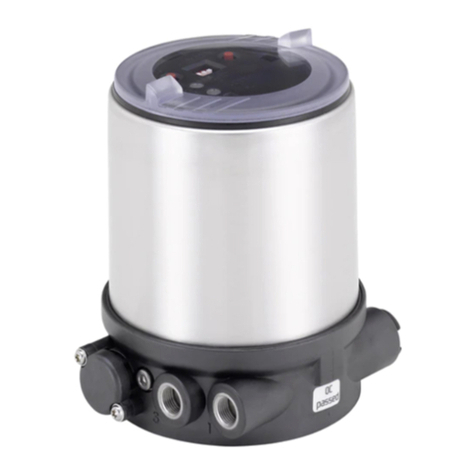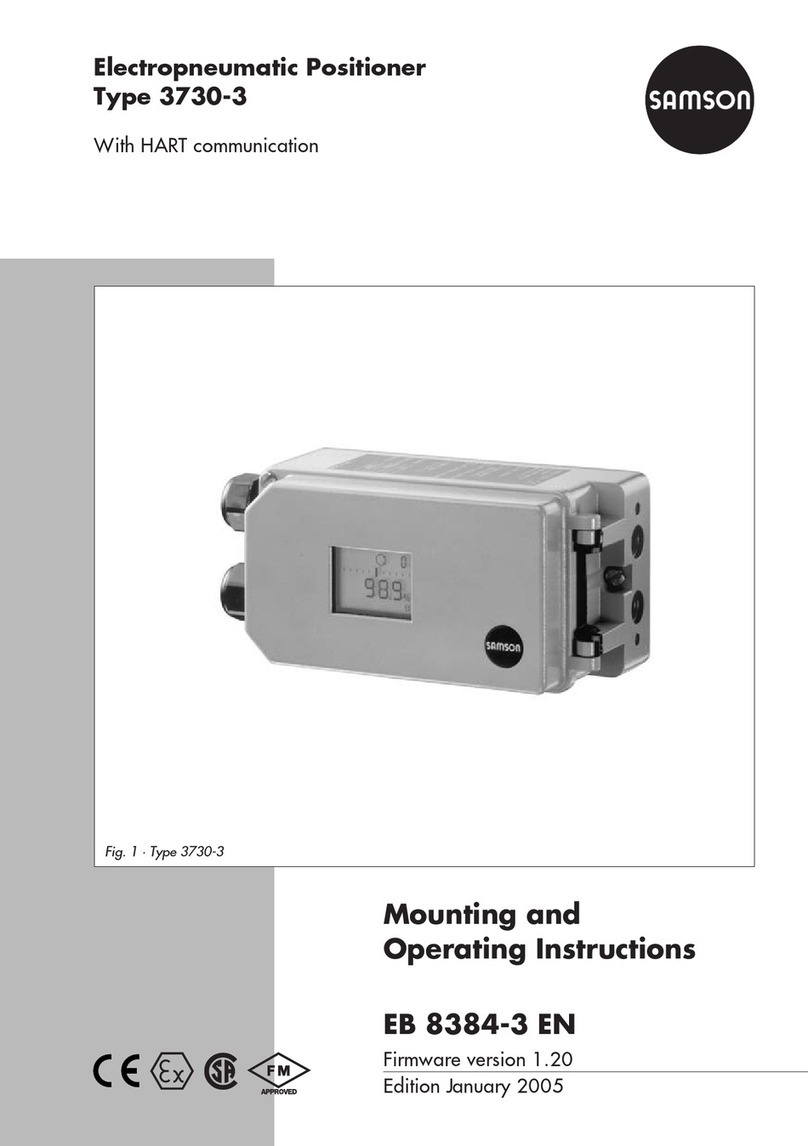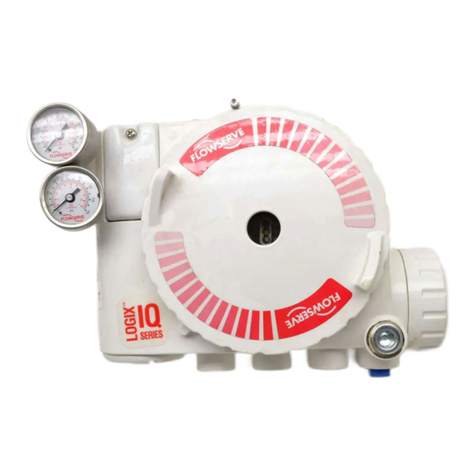
aBeschädigungsgefahr!
Anlagenspezifische Doku-
mentation beachten!
Die folgenden Verlegungspläne
geben einen Überblick über die
prinzipielle Anordnung der An-
lagenkomponenten.
Beachten Sie unbedingt die
anlagenspezifischen Unterla-
gen, in denen die auftragsbe-
zogenen Verlegungspläne den
Anlagenaufbau abbilden.
3 Transport und Lagerung
Hinweise zu Transport und Lagerung
– Beachten Sie beim Transport die Ge-
wichtsangaben auf den Verpackungen.
– Lagern Sie die Bauteile immer auf einer
ebenen Unterlage.
– Die Umgebungstemperatur bei Trans-
port und Lagerung darf 60° C nicht
überschreiten.
– Vermeiden Sie insbesondere die Ver-
schmutzung des Codebandes durch
magnetisches Material.
4 Allgemeine technische
Hinweise
HDie Montage des Wegmessy-
stems erfolgt nach der Schleif-
leitungsmontage. Die Schleif-
leitungsmontage und andere
Arbeiten sind entsprechend
der Montageanleitung KBH
bzw. MKL durchzuführen!
Montage von Anlagenlängen
> 150 m sind nur durch VAHLE
Monteure durchzuführen!
- Die Schleifleitungsenden sind nach der
APOS-Montage zu montieren.
- APOS kann nur bei geraden Anlagen
ohne Dichtlippen, Trichter, Dehnverbin-
der und Ausbaustellen eingesetzt
werden.
- Bei APOS- Nachrüstungen sind vorhande-
ne Kopfeinspeisungen durch Streckenein-
speisungen zu ersetzen, vorhandene Strek-
keneinspeisungen der KBH durch APOS
angepasste Einspeisungen ersetzen.
- Die Montage erfolgt mit zwei Personen.
Bei Einsatz von verfahrbaren Hubar-
beitsbühnen ist zusätzliches Bedien-
personal erforderlich.
HEine gut ausgerichtete Anlage ist
Voraussetzung für eine einfache
Montage des APOS-Codeban-
des. Der Zustand bestehender
Anlagen ist zu überprüfen.
Gegebenenfalls ist die Anlage zu
Reinigen und Auszurichten, siehe
Montageanleitung.
5
APOS KBH - MKL
Montage und Bedienungsanleitung
Installation and operation instructions
aDanger of damage!
Observe the plant-specific
documentation!
The following installation
drawings provide an overview
of the basic layout of the plant
components.
Please make sure to observe
the plant-specific documents,
in which contain the order-rela-
ted installation drawings illu-
strate the plant layout.
3 Transport and Storage
Information on transport and storage
– For transport, please observe the
weight stated on the packaging.
– Always store the components on an
even surface.
– The environmental temperature for
transport and storage must not exceed
60° C.
– Particularly avoid soiling of the code
strip by magnetic material.
4 General technical
instructions
HThe assembly of the positioning
system takes place after the
assembly of the conductor
line. The conductor line assembly
and other work must be carried
out in accordance with the KBH or
MKL mounting instructions!
Installations exceeding 150 m
have to be carried out by Vahle
mechanics.
- The ends of the conductor line must be
mounted after the APOS assembly.
- APOS can only be used for straight
installations without sealing strips,
funnels, expansion joints and de-
installation points.
- For APOS retrofits, existing head power
feeds must be replaced by line feeds,
existing KBH line feeds must be
replaced by APOS adapted power
feeds.
- Installation is carried out by two people.
Additional staff is required for aplica-
tions with movable lifting platforms.
HA well aligned plant is the
prerequisite for easy assembly
of the APOS code strip. The
condition of existing plants
must be checked. If necessary,
the system must be cleaned
and aligned, see mounting
instructions.




























